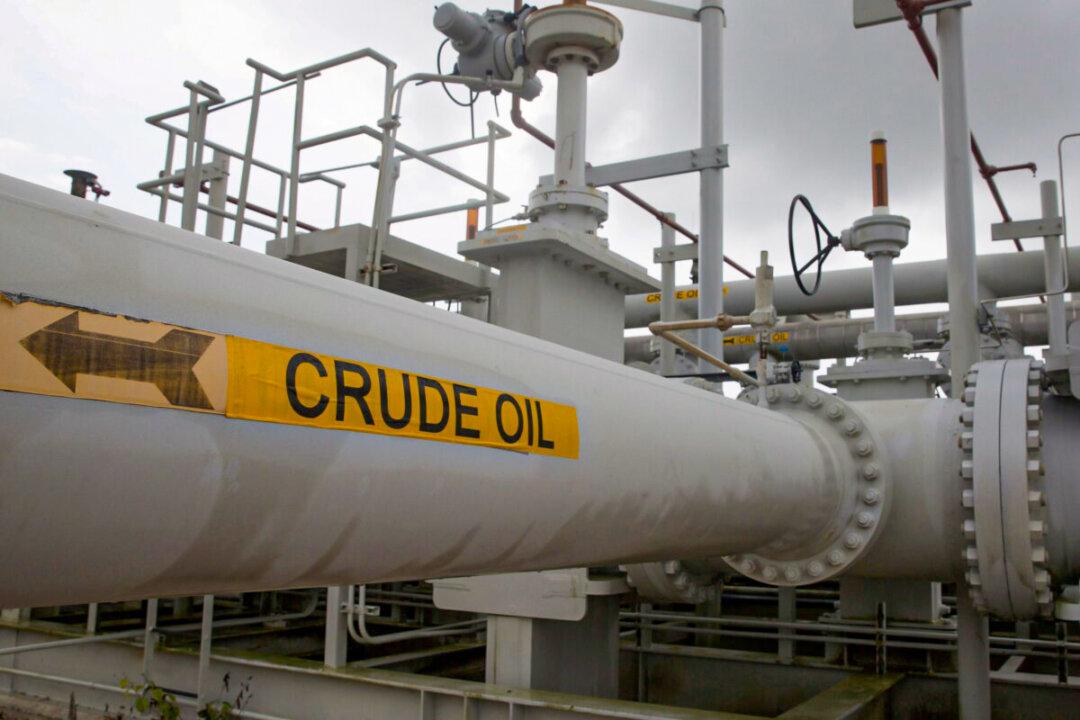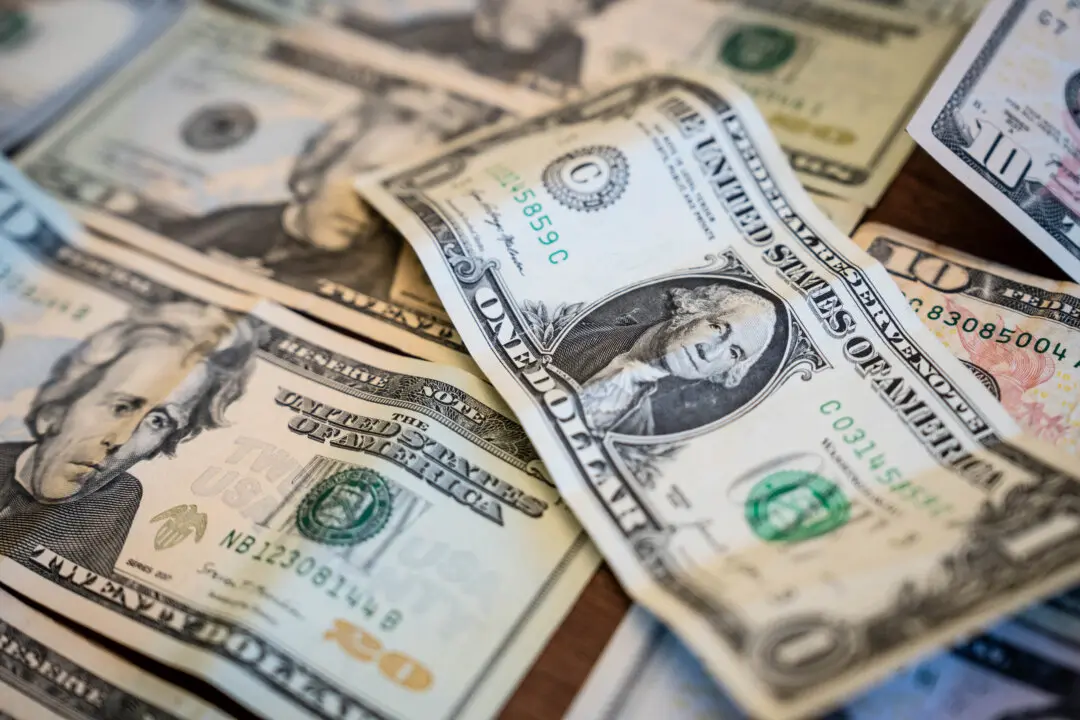U.S. President Joe Biden’s efforts to lower energy prices have reduced the nation’s emergency oil reserves, new data show.
According to the Department of Energy, inventories in the Strategic Petroleum Reserve (SPR) declined by 6.9 million barrels in the week ending on June 24. Federal government data show that 6 million barrels of sour crude and nearly 1 million barrels of sweet crude were injected into the energy market during this span.





